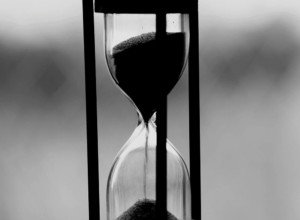Cold sores are caused by a virus named herpes simplex virus 1 (HSV-1). There is no cure for this kind of infection, and the blisters may return.
A virus that awakes periodically
You cannot get rid of the virus itself. Unfortunately, after the first infection, the virus lays dormant inside the nerve cells of the face for the rest of your life. Some events can make the virus reawaken and lead to a recurrent infection.
Reactivation: what does it mean?
HSV-1 infections are characterized by three phases:
- The initial infection when getting the virus from other people or by touching an infected object. You can get infected from as young as 6 months old.
- A period of latency, when the viral infection is quiet, showing no symptoms.
- Reactivation or recurrence, when triggering factors such as emotional stress, fever or exposure to sunlight can make the virus reawaken and lead to a relapse.
Why does my cold sore keep coming back? More about recurrence
Some people infected by the virus will have a recurrent infection around two or three times a year, while others might have one initial outbreak and never have another.
In the former case, you will have repeated outbreaks, starting as a tingling or burning sensation, soon followed by blisters that begin to ooze.
The virus reactivates around the same spot every time. You can expect to develop blisters in the same place as previous outbreaks.
The severity of outbreaks generally lessens over time with a reactivation of the virus tending to decrease in people over the age of 35 years. You can also expect less severe symptoms at each recurrence.
What are the symptoms?

Tingling or itching near the lips, burning pain or redness are usually the warning signs that a cold sore is about to appear. It is going to take a day or two to see the emergence of several small blisters that grow together and may be red and inflamed. The rate and severity of the sores usually diminish as you get older.
What can I do in case of recurrence?
First, you should minimise any contact with the sores and always wash your hands after contact. Second, you should avoid kissing or sharing eating utensils or towels to protect other people from infection.
Cold sore treatments such as COMPEED® Cold Sore Patches provide a protective barrier and help reduce the risk of spreading the virus to other people and to other parts of the body. These patches can be used at any stage of an outbreak, with the general principle being the sooner, the better. They contain hydrocolloid, creating an optimal moist environment for fast healing.
Symptoms usually go away within a week or two. However, cold sore episodes can frequently return.
How to treat a recurrence?
Over the counter treatments are widely available in different formats. They typically consist of hydrocolloid active gel patches such as COMPEED®, antiviral creams or various other locally applied therapies.









